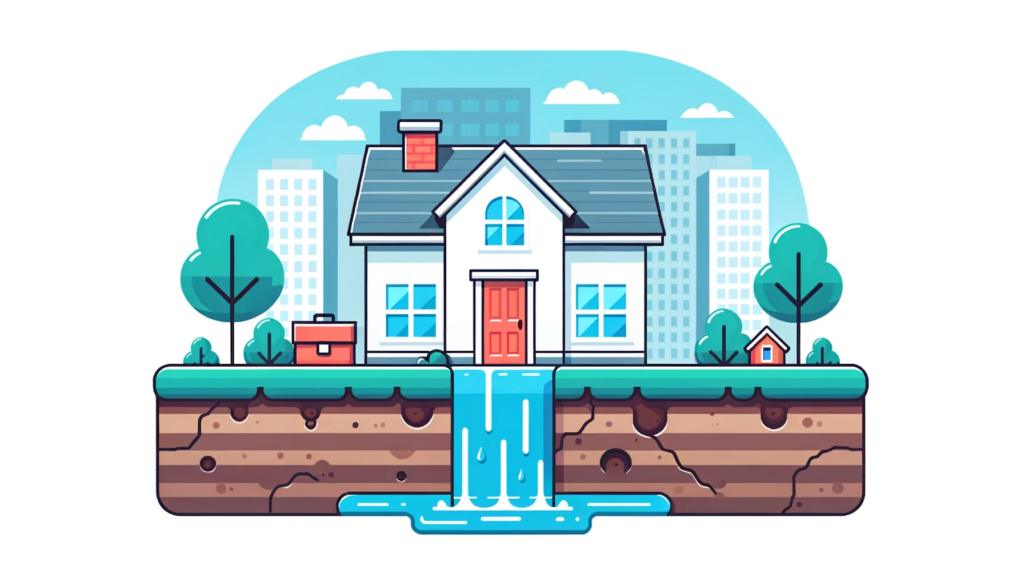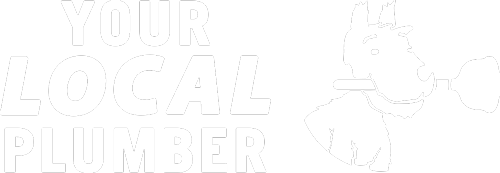
Call Today 09 973 4973 or
Developing an Emergency Response Plan
A robust emergency response plan is the foundation of preparedness. This plan should detail specific actions to be taken in the event of a gas leak or fire, tailored to the unique layout and needs of the premises. Key components include:
- Risk Assessment: Identify potential sources of gas leaks and fire hazards within the property. This involves understanding the layout of gas lines, the location of gas appliances, and areas where gas might accumulate if a leak occurs.
- Emergency Contacts: Compile a list of essential emergency contact numbers, including the local gas utility provider, emergency services, and a qualified gasfitter. This list should be easily accessible to all occupants and regularly updated.
- Evacuation Procedures: Designate clear evacuation routes and assembly points. These should be marked and communicated to all occupants through regular briefings and visible signage. Evacuation drills should be conducted periodically to ensure everyone is familiar with the procedure.
- Gas Shut-off Instructions: Provide clear instructions on how to safely shut off the gas supply. This task should be assigned to individuals who are trained and confident in performing it without compromising their safety.
Immediate Actions for Gas Leaks
In the event of a suspected gas leak:
- Evacuate Immediately: Prioritise the immediate evacuation of the area without attempting to locate the source of the leak. Avoid actions that could trigger an explosion, such as using electrical switches or open flames.
- Call for Help: Once at a safe distance, contact emergency services or the gas utility provider to report the leak. Use a mobile phone only after you have evacuated the area to prevent igniting the gas.
- Do Not Re-enter: Stay clear of the affected area until it has been declared safe by emergency responders or gas safety professionals.
Responding to Gas Fires
If a fire occurs and gas is involved:
- Evacuate: Immediately evacuate the building, following the predetermined evacuation routes. Do not attempt to extinguish the fire yourself if you suspect it is gas-related.
- Alert Emergency Services: Call 111 as soon as possible to report the fire, providing details about the potential gas involvement.
- Wait for Clearance: Do not attempt to re-enter the building until it has been declared safe by the fire department or gas safety authorities.
Preventative Measures
- Installation of Detectors: Smoke and carbon monoxide detectors are essential for early detection of fires and gas leaks. Ensure these are installed in key areas and tested regularly.
- Regular Maintenance: Schedule routine maintenance and inspections of all gas appliances and infrastructure to prevent leaks and ensure they are in good working condition.
- Safety Training: Conduct regular safety training sessions for all occupants, covering how to respond to gas leaks and fires, including the use of fire extinguishers and gas shut-off procedures.
Emergency preparedness is a continuous effort that requires diligence, education, and regular review to adapt to new risks and safety standards. By implementing these measures, individuals and organisations in New Zealand can significantly enhance their readiness for gas leaks and fires, ensuring the safety and well-being of all involved.
Advanced Preparedness Strategies
- Technology Integration: Leverage advanced technologies such as IoT (Internet of Things) sensors and smart gas detectors that can automatically shut off the gas supply in response to detected leaks or fires. These systems can be integrated with building management systems to provide real-time alerts to facility managers and emergency services, facilitating a quicker response.
- Emergency Response Teams: In larger commercial or industrial settings, establish dedicated emergency response teams trained specifically in gas leak and fire response protocols. These teams can conduct initial assessments, execute evacuation procedures, and coordinate with emergency services upon their arrival.
- Regular Equipment Checks: Ensure that all emergency equipment, including fire extinguishers, gas detectors, and first aid kits, are regularly checked and maintained. This includes verifying that fire extinguishers are suitable for dealing with gas fires.
Enhancing Safety Through Communication
- Emergency Communication Systems: Implement an effective communication system to alert all occupants of an emergency situation. This could include alarm systems, public address systems, or automated messaging alerts that provide clear instructions on the actions to be taken.
- Information Sharing: Share safety information and updates with all occupants regularly. This can involve distributing safety manuals, posting emergency procedures in visible locations, and using digital platforms like intranets or mobile apps to spread information.
- Feedback Loops: Establish mechanisms for occupants to report potential gas safety issues or concerns. Encouraging a culture of safety and vigilance can lead to the early identification of risks that might otherwise go unnoticed.
Post-Incident Review and Learning
After any gas leak or fire incident, conducting a thorough review is crucial to understanding what happened, what worked well in the response, and where improvements can be made. This review should involve all relevant stakeholders, including emergency response teams, facility management, and emergency services. Key areas to focus on include:
- Incident Analysis: Analyse the sequence of events to identify the cause of the incident and the effectiveness of the response.
- Lessons Learned: Identify lessons learned and areas for improvement in emergency procedures, communication, and technology use.
- Action Plan: Develop an action plan to address identified issues, update emergency response plans accordingly, and communicate changes to all occupants.
Continuous Improvement
Emergency preparedness is not a static process but one that requires continuous improvement. Regular training, updates to emergency plans based on new insights or technologies, and engagement with local emergency services are all essential for maintaining a high level of preparedness. Additionally, staying informed about changes in gas safety regulations and standards is crucial for compliance and safety.
Suppliers




